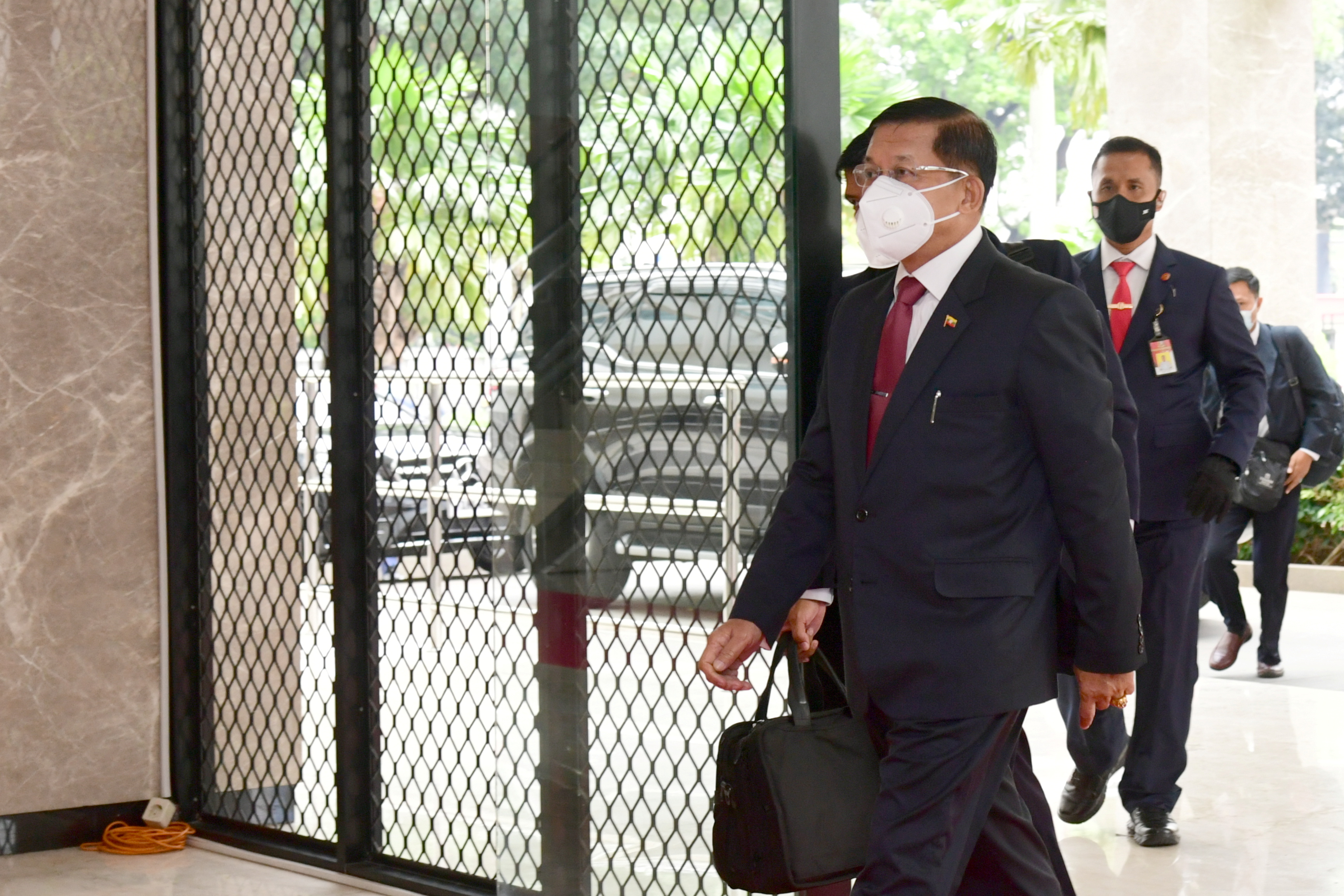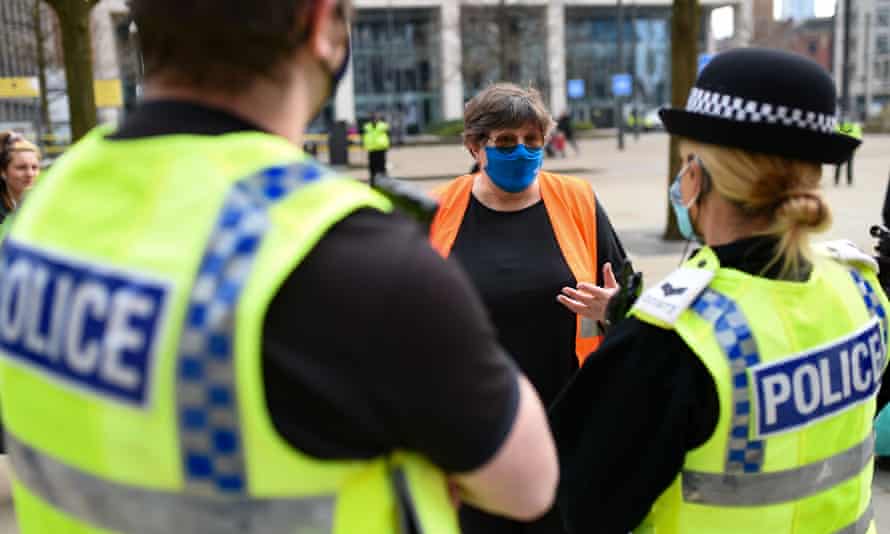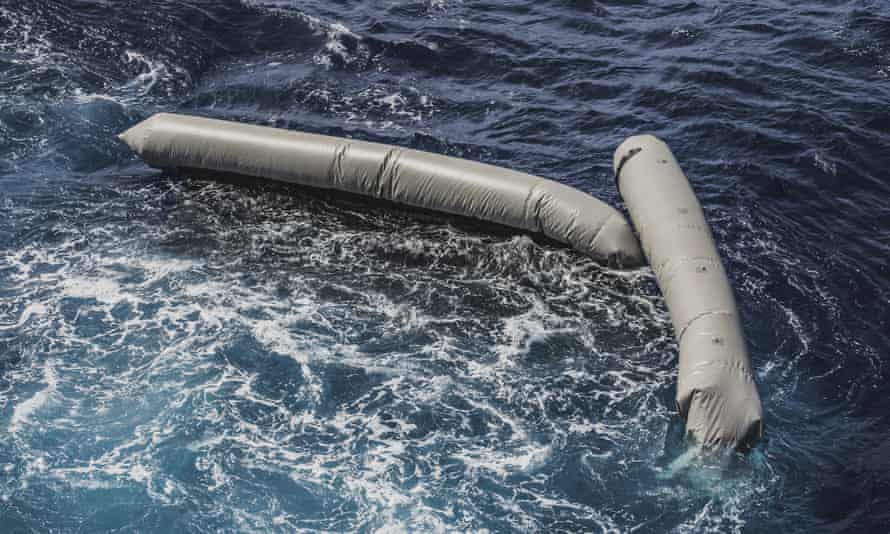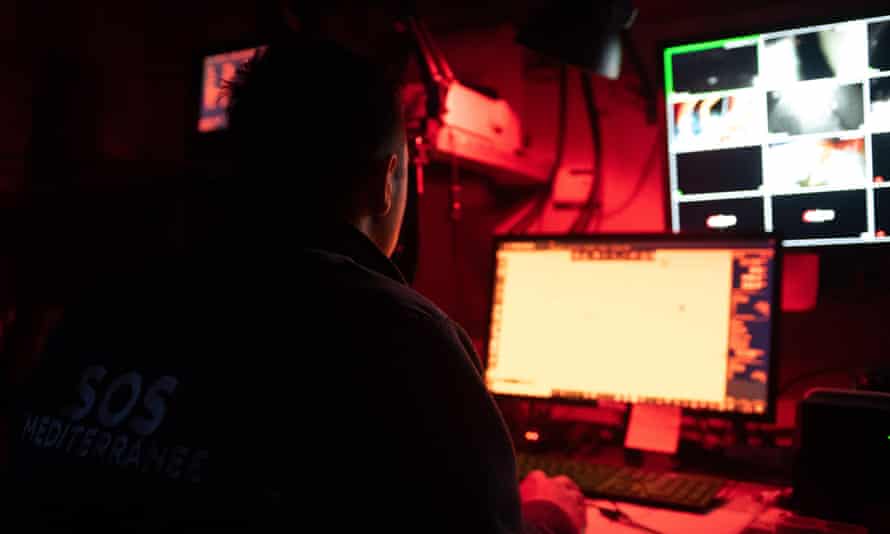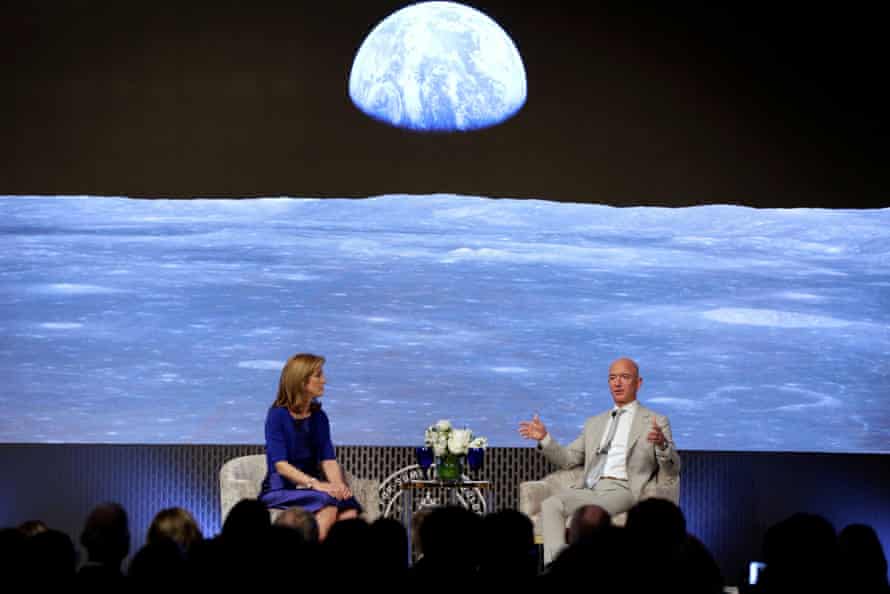Covid-19 'swallowing' people in India, overwhelming crematoriums

VIDEO India faces COVID-19 'tsunami'
Overwhelmed hospitals in India begged for oxygen supplies on Saturday as the country's coronavirus infections soared again overnight in a "tsunami" of disease, setting a new world record for cases for the third consecutive day.
India’s crematoriums and burial grounds are being overwhelmed by the devastating new surge of Covid-19 infections tearing through the populous country with terrifying speed, depleting the supply of life-saving oxygen to critical levels and leaving patients to die while waiting in line to see doctors.
For the fourth straight day, India on Sunday set a global daily record for new infections, spurred by an insidious, new variant that emerged in the country, undermining the government’s premature claims of victory over the pandemic.

The 349,691 confirmed cases over the past day brought India’s total to more than 16.9 million, behind only the United States. The Health Ministry reported another 2767 deaths in the past 24 hours, pushing India’s Covid-19 fatalities to 192,311.
Experts say that toll could be a huge undercount, as suspected cases are not included, and many deaths from the infection are being attributed to underlying conditions.

READ MORE:
* Inside a Delhi hospital in India, oxygen runs fatally short as Covid-19 cases mount
* Covid-19: Indian hospitals plead for oxygen, country sets virus record
* Covid-19: Travel restricted from new 'very high risk countries' to citizens only
The crisis unfolding in India is most visceral in its graveyards and crematoriums, and in heartbreaking images of gasping patients dying on their way to hospitals due to lack of oxygen
Burial grounds in the Indian capital New Delhi are running out of space and bright, glowing funeral pyres light up the night sky in other badly hit cities.

ALTAF QADRI/AP
In central Bhopal city, some crematoriums have increased their capacity from dozens of pyres to more than 50. Yet officials say there are still hours-long waits.
At the city’s Bhadbhada Vishram Ghat crematorium, workers said they cremated more than 110 people on Saturday, even as government figures in the entire city of 1.8 million put the total number of virus deaths at just 10.

“The virus is swallowing our city’s people like a monster,” said Mamtesh Sharma, an official at the site.
The unprecedented rush of bodies has forced the crematorium to skip individual ceremonies and exhaustive rituals that Hindus believe release the soul from the cycle of rebirth.

“We are just burning bodies as they arrive,” said Sharma. “It is as if we are in the middle of a war.”
The head gravedigger at New Delhi’s largest Muslim cemetery, where 1000 people have been buried during the pandemic, said more bodies are arriving now than last year. “I fear we will run out of space very soon,” said Mohammad Shameem.
The situation is equally grim at unbearably full hospitals, where desperate people are dying in line, sometimes on the roads outside, waiting to see doctors.

Health officials are scrambling to expand critical care units and stock up on dwindling supplies of oxygen. Hospitals and patients alike are struggling to procure scarce medical equipment that is being sold at an exponential markup.
The crisis is in direct contrast with government claims that “nobody in the country was left without oxygen,” in a statement made Saturday by India’s Solicitor General Tushar Mehta before Delhi High Court.

The breakdown is a stark failure for a country whose prime minister only in January had declared victory over Covid-19, and which boasted of being the “world’s pharmacy,” a global producer of vaccines and a model for other developing nations.
Caught off-guard by the latest deadly spike, the federal government has asked industrialists to increase the production of oxygen and other life-saving drugs in short supply. But health experts say India had an entire year to prepare for the inevitable – and it didn’t.

Dr. Krutika Kuppalli, assistant professor of medicine in the division of infectious diseases at the Medical University of South Carolina, said the Indian government has been "very reactive to this situation rather than being proactive.”
She said the government should have used the last year, when the virus was more under control, to develop plans to address a surge and “stockpiled medications and developed public-private partnerships to help with manufacturing essential resources in the event of a situation like this.”
“Most importantly, they should have looked at what was going on in other parts of the world and understood that it was a matter of time before they would be in a similar situation,’’ Kuppalli said.
Kuppalli called the government’s premature declarations of victory over the pandemic a “false narrative,” which encouraged people to relax health measures when they should have continued strict adherence to physical distancing, wearing masks and avoiding large crowds.
Prime Minister Narendra Modi is facing mounting criticism for allowing Hindu festivals and attending mammoth election rallies that experts suspect accelerated the spread of infections.

In one such election rally two weeks ago, Modi barely managed to hide his delight when he declared to his supporters in West Bengal state: “I have never seen such huge crowds.” At that time, the virus had already started to rear its head again and experts were warning a deadly surge was inevitable.
With the death toll mounting, Modi’s Hindu nationalist government is trying to quell critical voices.
On Saturday, Twitter complied with the government’s request and prevented people in India from viewing more than 50 tweets that appeared to criticise the administration’s handling of the pandemic. The targeted posts include tweets from opposition ministers critical of Modi, journalists and ordinary Indians.
A Twitter spokesperson said it had powers to “withhold access to the content in India only” if the company determined the content to be “illegal in a particular jurisdiction.” The company said it had responded to an order by the government and notified people whose tweets were withheld.
India’s Information Technology Ministry did not respond to a request for comment.
Even with the targeted blocks, horrific scenes of overwhelmed hospitals and cremation grounds spread on Twitter and drew appeals of help.

White House National Security Advisor Jake Sullivan on Sunday said the United States is “deeply concerned” by the severe Covid-19 outbreak in India. “We are working around the clock to deploy more supplies and support to our friends and partners in India as they bravely battle this pandemic,” Sullivan tweeted.
Help and support also appeared to arrive from archrival Pakistan, with politicians, journalists and citizens in the neighbouring country expressing support for people in India. Pakistan's Foreign Affairs Ministry said it offered to provide relief support including ventilators, oxygen supply kits, digital X-ray machines, PPE and related items.
“Humanitarian issues require responses beyond political consideration,” Foreign Minister Shah Mehmood Qureshi said.
The Indian government did not immediately respond to Qureshi’s statement.
AP
